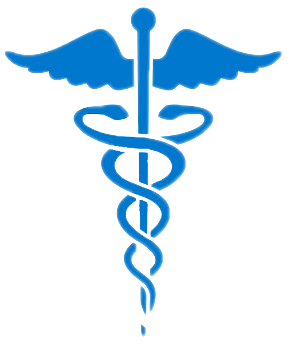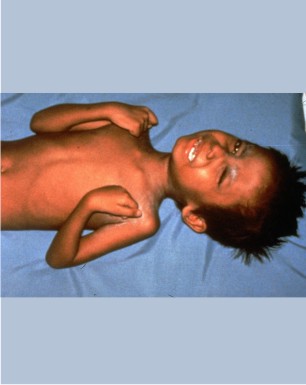Tetanus Elimination - Mother's e-Guide
Main menu:
Trainers Pack
Tetanus Control and Elimination.
Promotion of Key Family and Community Practices for Maternal and Neonatal Tetanus Elimination
The mother is the first care giver of the child thus her death impacts directly on the child’s survival.
It is therefore very important to prevent maternal and neonatal tetanus through:

1. Immunisation - this is one of the most effective ways to prevent women and newborns from the disease. Immunisation of women of reproductive age (15 – 49years) with 5 doses of tetanus diphtheria (Td) vaccine at the appropriate intervals can help to prevent tetanus disease. All women of child bearing age, including pregnant women should ensure they receive their doses even during tetanus immunisation campaigns and during school based immunisations. 5 doses of Td give lifetime protection against tetanus.
Pregnant women should be vaccinated against tetanus; as soon as pregnancy occurs, they should visit the health facility to initiate series of, at least, a minimum of 4 visits for proper monitoring of the pregnancy and MUST complete the routine antenatal care visits.
** It is also important that health workers check the immunisation status of pregnant women during routine antenatal care visits to health facilities.
2. Safe delivery by Medical Experts and Clean Umbilical Cord Care Practises


Tetanus can be prevented via improving clean delivery practises and encouraging hygienic delivery and umbilical cord care practises. Women and their babies are much less exposed to the disease if they have their babies in a health facility where trained health workers can help with deliveries and provide clean cord care. Hygienic best practises will ensure infection is not contracted by mother or newborn during the birth processes.
The Tetanus: A Brief Sketch
Tetanus is a very deadly disease that affects the central nervous system causing muscular contractions. It is caused by bacteria called clostridium tetani that enters the body. The bacteria that cause tetanus are widespread in the environment and mostly present in the soil, ash, human/animal faeces, dead and decaying matter. Infection usually occur when the bacteria enter the body through a wound or a cut that is exposed to soil, human and animal faeces, dead or decaying matter. The bacterium produces a toxin (poison) that attracts the central nervous system; as the infection progresses, muscle spasms develop in the jaw called “lockjaw”. The spasms also develop elsewhere in the body.

How
Tetanus is Contracted
People of all ages are vulnerable to
tetanus; but the disease is most common among newborns.
A baby can
be infected with tetanus due to unhygienic birthing practises such as cutting
the umbilical cord with unsterilized instruments or treating it with
contaminated dressings. If the pores enter wounds, it transforms to the
vegetative form that produces the toxin and causes the violent spasms and
stiffness that are characteristic of neonatal tetanus. The toxin can spread
through the wound and the child usually dies a quick and painful death. It is
fatal in more than 70 per cent of cases.
Mothers can
also be infected with tetanus during unsafe or unhygienic delivery of their
babies; if there are unhygienic conditions where the tetanus spores are
present. Tetanus is referred to as “Silent Killer” because so many of these women
and newborns die at home and both the births and the deaths go unreported. In adults, tetanus
generally enters through an open wound or even a tiny pinprick. Women may be
infected during deliveries carried out in unhygienic conditions.

Symptoms of Neonatal Tetanus.
The symptoms of neonatal tetanus are:
- Poor or inability to suck from the breast
- Stiffness and rigidity
- Severe painful contractions of muscles seen as spasm which are worse with cough, sound and lights.
A newborn infected with tetanus may appear perfectly healthy. The first sign usually comes two or three days later, when the baby’s jaw and facial muscles may tighten due to the tetanus poison. The baby’s mouth will continue to grow more rigid so that it becomes “locked” (thus the name ‘lockjam’ given to tetanus) and the newborn will no longer be able to breastfeed. The newborn’s body may become stiffen or arch (in posture); he or she may convulse when stimulated by light, sound or being touched. Finally, the newborn may no longer be able to breathe and eventually die. 70 – 100 percent of deaths occur between 3 days and 28 days after birth.
Symptoms are similar in adults except they also have difficulty swallowing.

Child has painful muscle contractions from tetanus
Source: WHO
Home Page | Antenatal | Postnatal | Neonatal | Healthy Tips | FAQ | Trainers Pack | Extras | General Site Map
